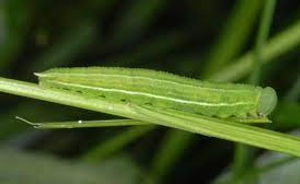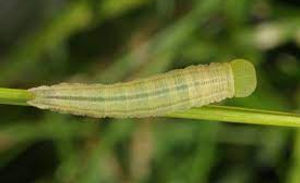top of page
Butterfly populations are a very good indicator of the health of an area's ecosystem !!
Image contributed by UK
photographer Mike Young.
Pearly heaths can be recognised by the dark brown color of the dorsal part of the wings and the pattern on the ventral part. They are characterised by a relatively narrow but strongly serrated white stripe on the back wing. The broad white ventral side band on the rich chestnut grey ground color of the vebtral hindwing is distinctive.
They prefer moist habitats such as wet meadows, swampy forests or bogs where they can live together in groups.
They prefer to sit in sunny spots with their wings closed. To do this, they point the ventral sides of their wings directly to the sun.
The eggs are laid singly on grass near bushes, and the caterpillars overwinter.
The chrysalis is suspended on a stalk.
They can be seen on the wing between June and September.
As caterpillars, they overwinter, continuing to develop in the spring until they become adult butterflies.
They are one of 39 members of the Coenonympha genus that are currently listed worldwide, and of these 14 have so far been recorded in Europe.

Diet: caterpillars feed onvarious grasses including Holcus lanatus and Festuca Ovina
Diet: adults take nectar from Brambles, Thymes, Ragwort, Umbelifers, Scabiouses and Thistles and others.
Avg. wingspan: 1.7 - 1.9 cm / .67 - .75 "
Family: Nymphalidae


The single biggest threat to butterfly survival is habitat destruction!!
bottom of page



